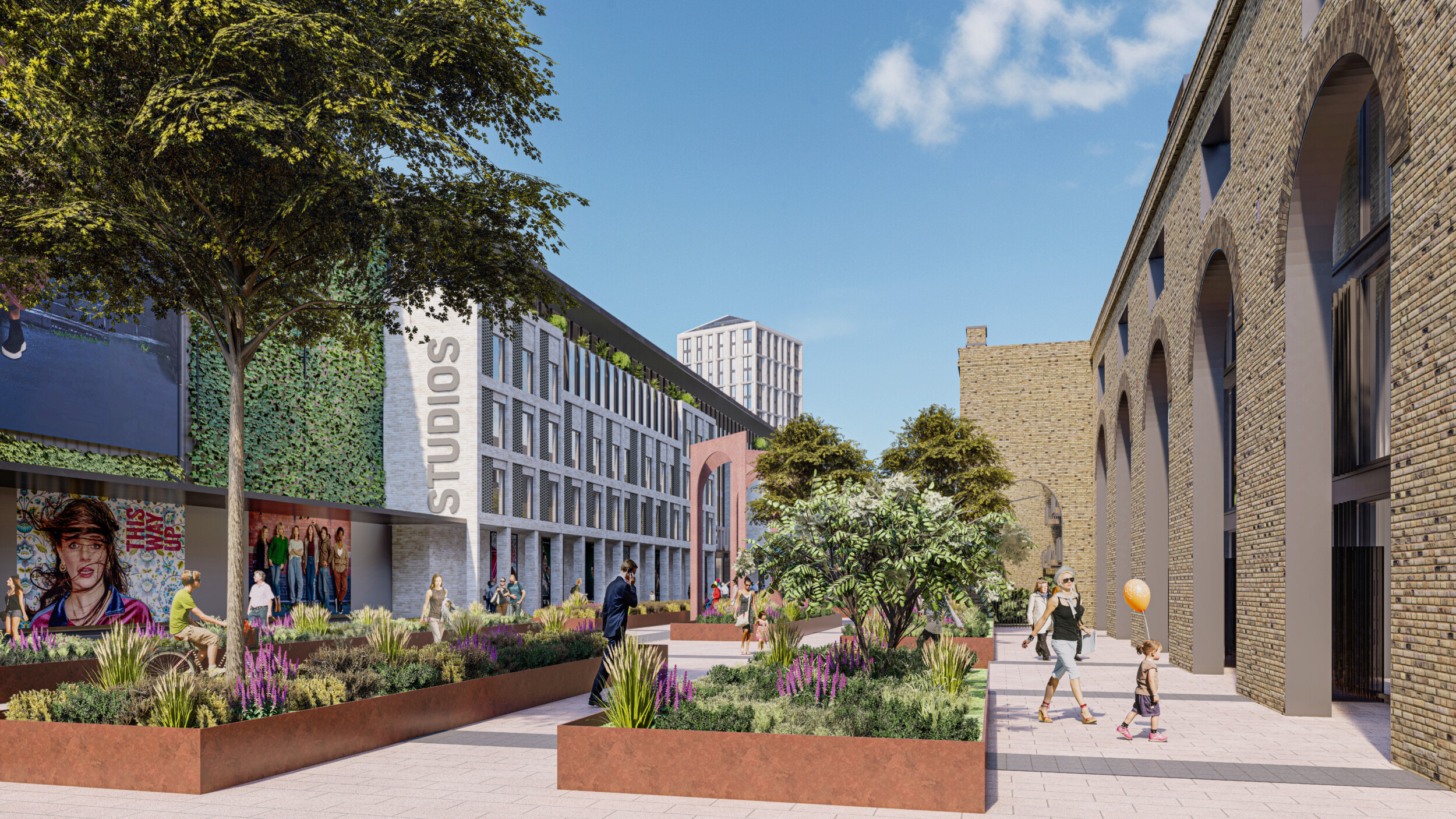
Hollaway Studio is an architectural and interior design practice, specialising in urban design, that embraces the past, the present and future, and places people and feeling at the core of its architecture philosophy.
The urban design sector is very familiar to Hollaway, having spearheaded the design of multiple buildings, groups of buildings, spaces and landscapes across Kent and the Southeast of the UK. We create ambitious designs that reflect the surroundings, focused on how people use spaces and flow through an urban area. Working closely with our clients, our team of architects and interior designers realise your brief and aspirations to create a successful and memorable urban experience.
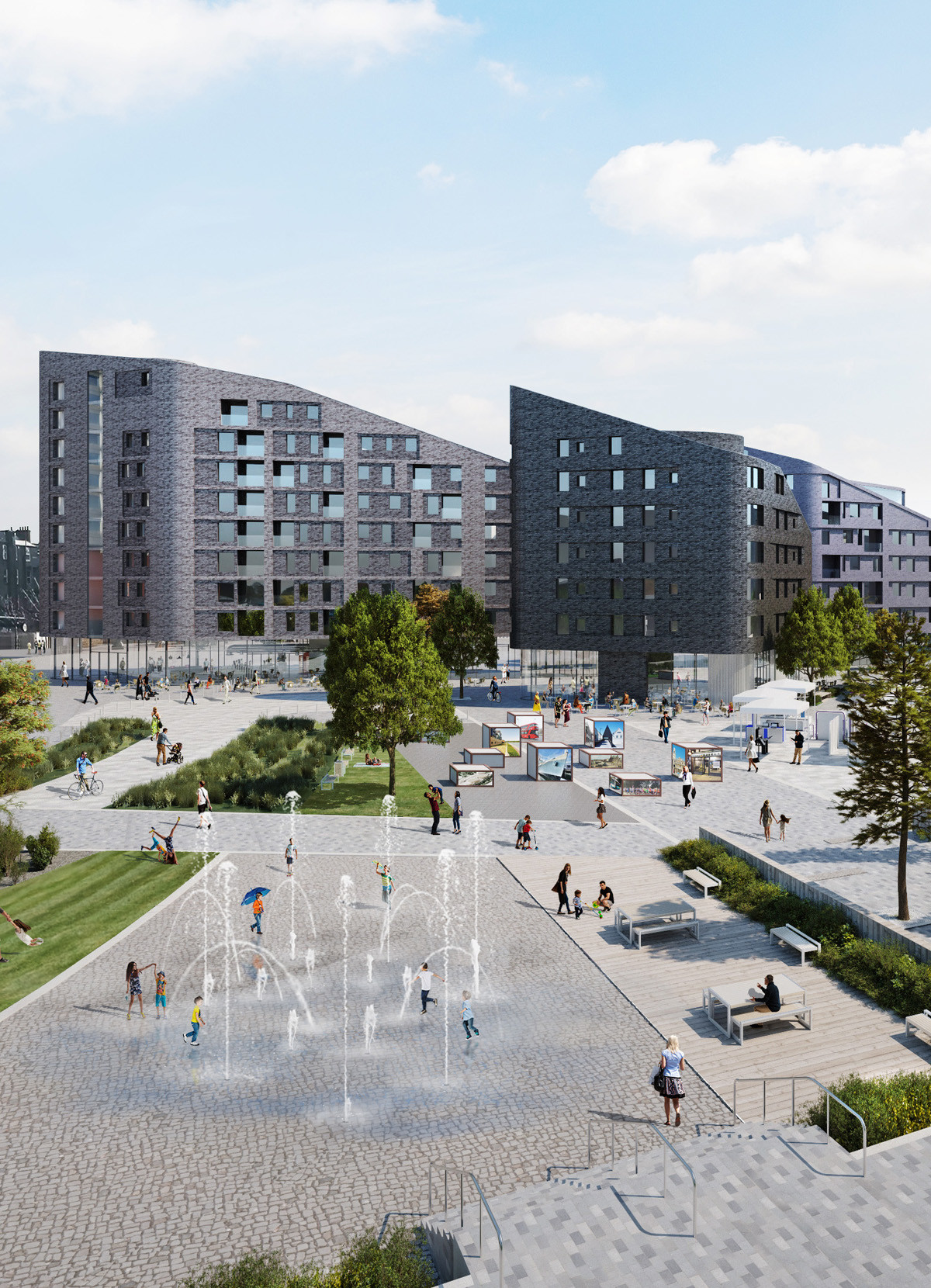
Urban design begins with feeling – for place, for the past, for the needs and wants of the now, and for a future that matters. It listens. It empathises. It’s pragmatic. It’s an understanding that informs everything we do. It makes buildings and urban spaces that work – truly, beautifully. This is how we approach all urban design projects.
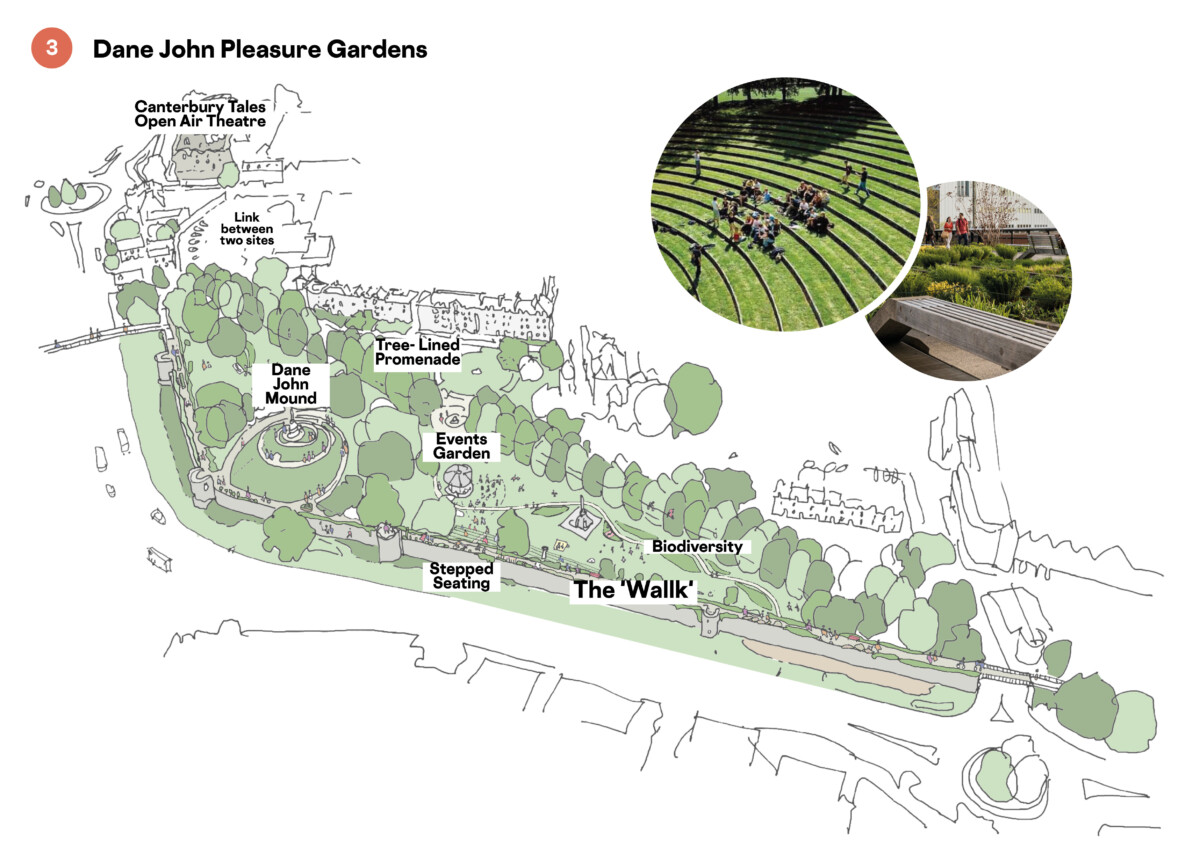
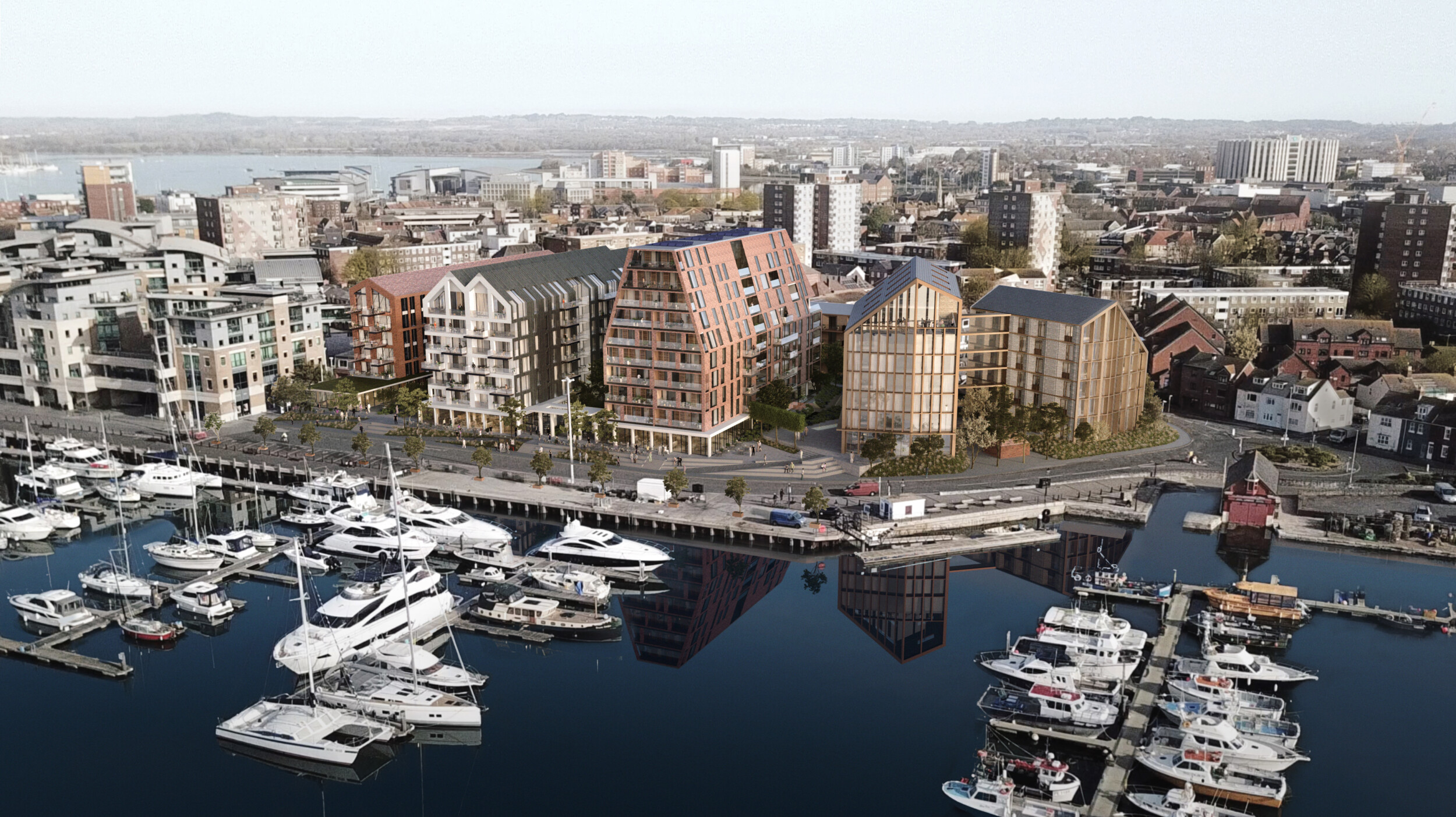
An urban design practice is nothing without its people, and the very best practices are those in which everyone has a voice – however different it may be. We are extremely fortunate Hollaway is exactly this: an extraordinary bunch of thinkers, talkers, and doers. These are the people that facilitate great urban design.
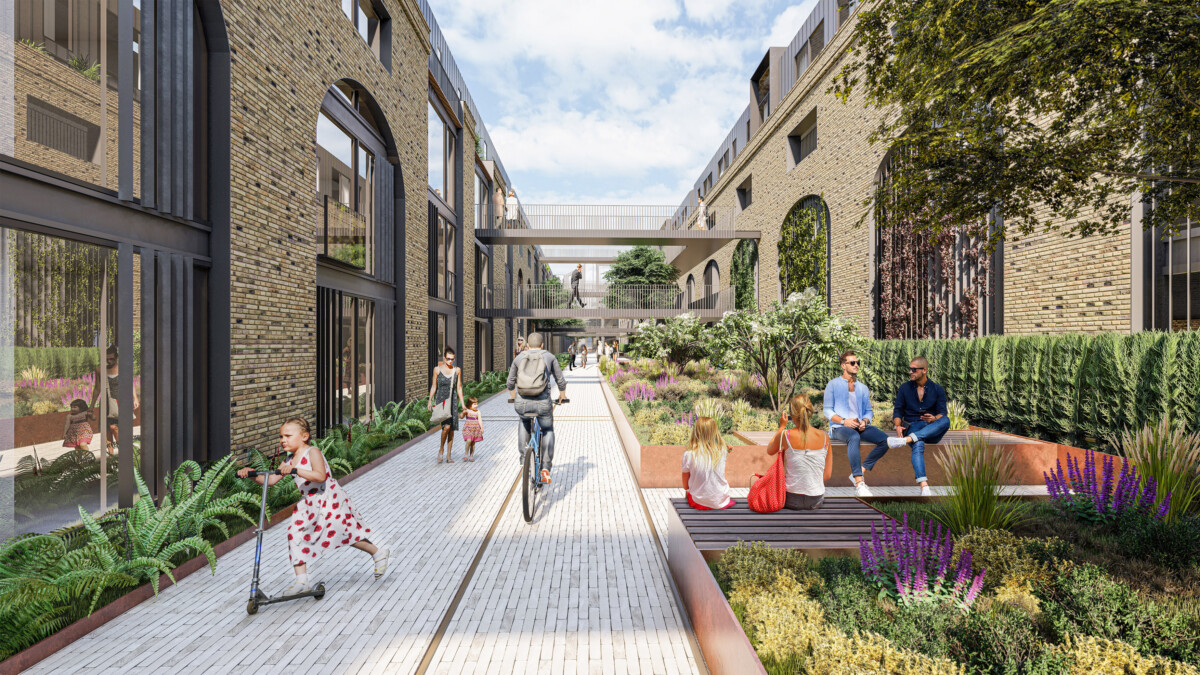
As example of how a hugely valuable – but derelict – site can be successfully redeveloped is Newtown Works. Once proud home to the manufacture of Victorian Britain’s train carriages, the derelict Newtown Works is the UK’s longest listed building, and as such any plans for its redevelopment needed to respect its historicity. Working closely with Historic England, Hollaway created an urban design plan that would allow for a mixed-use site, one that as well as film studios housing world renowned names, would also include co-worker and residential spaces, and a 180-bed hotel.

Hollaway’s approach to urban design always starts with people and place. How will an urban area be used by the community that inhabit it? How will people interact and engage with the architecture created in this space? Under his leadership and hands-on approach Guy Hollaway has created a design-led Practice committed to innovative urban solutions, with work ranging from prestigious one-off commissions to large scale regeneration projects.
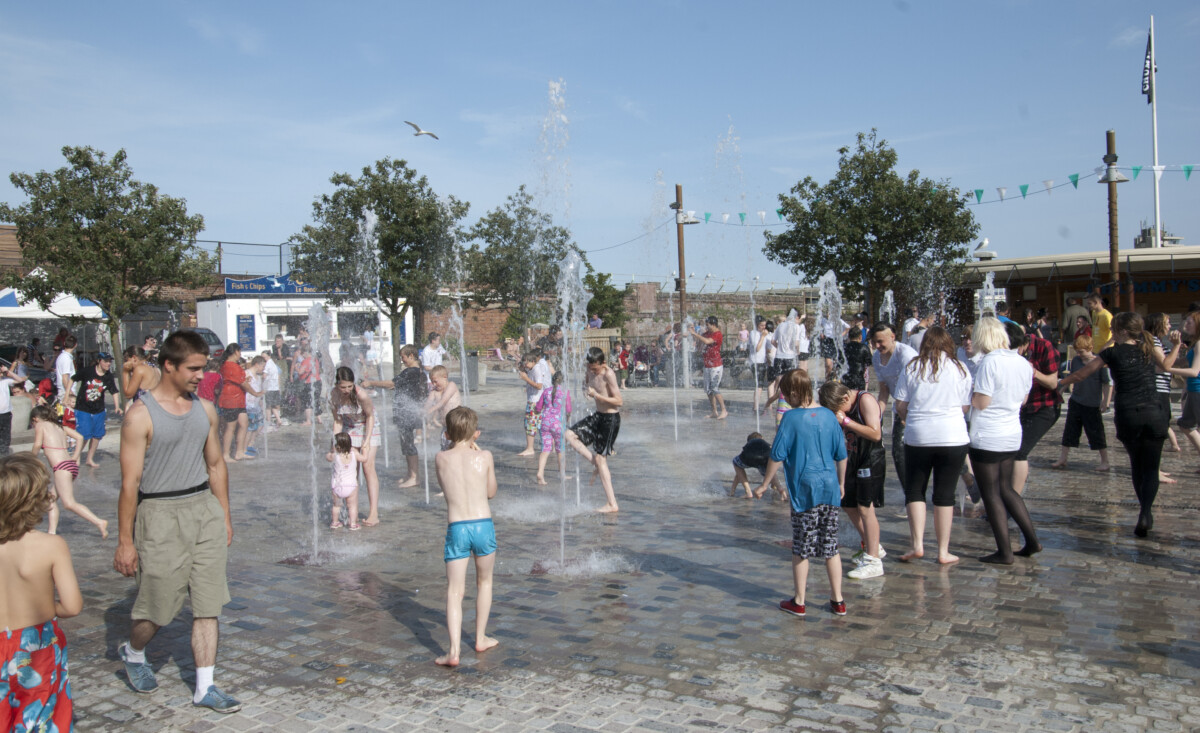
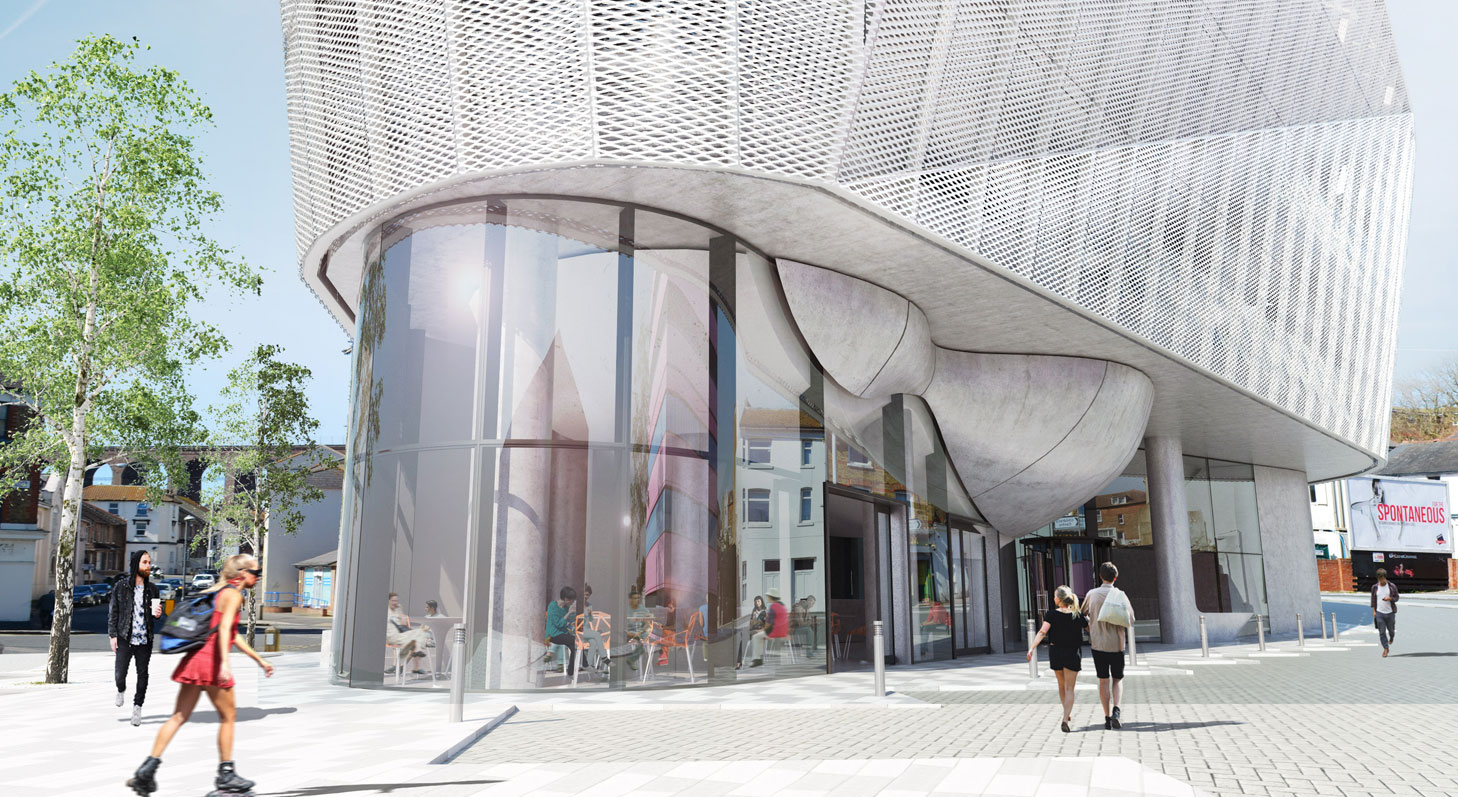
The RIBA award-winning urban design practice has built its reputation working on a wide array of projects, including a cutting-edge skate park, the world’s first heritage theme park, a bespoke artist’s studio in an open field, and a high-end seafood restaurant. The breadth of these projects may be wide, but each one brings the perfect balance of playfulness and sincerity, with a firm focus on placemaking, sustainability and the experience of the individuals who will use the space.

London
10A Acton Street WC1X 9NG
+44 (0)20 7096 5425
Kent
The Tramway Stables, Rampart Road
Hythe CT21 5BG
+44 (0)1303 260 515
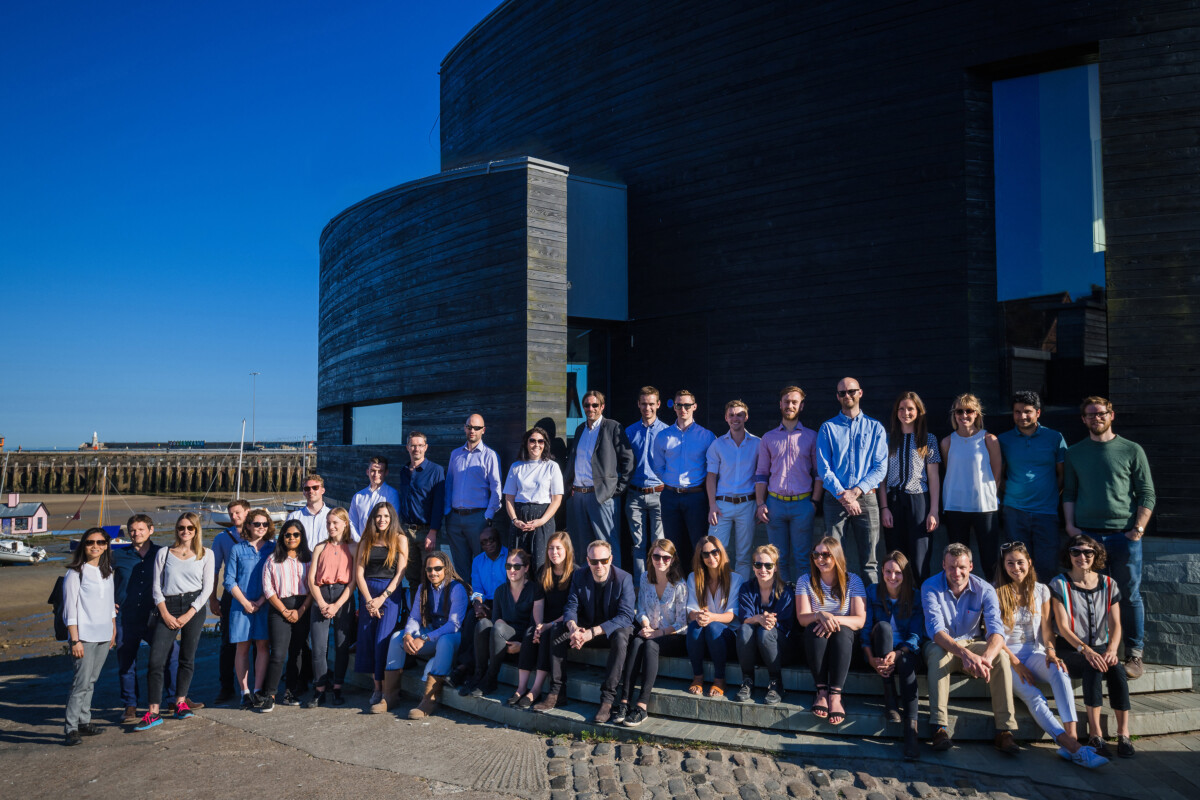
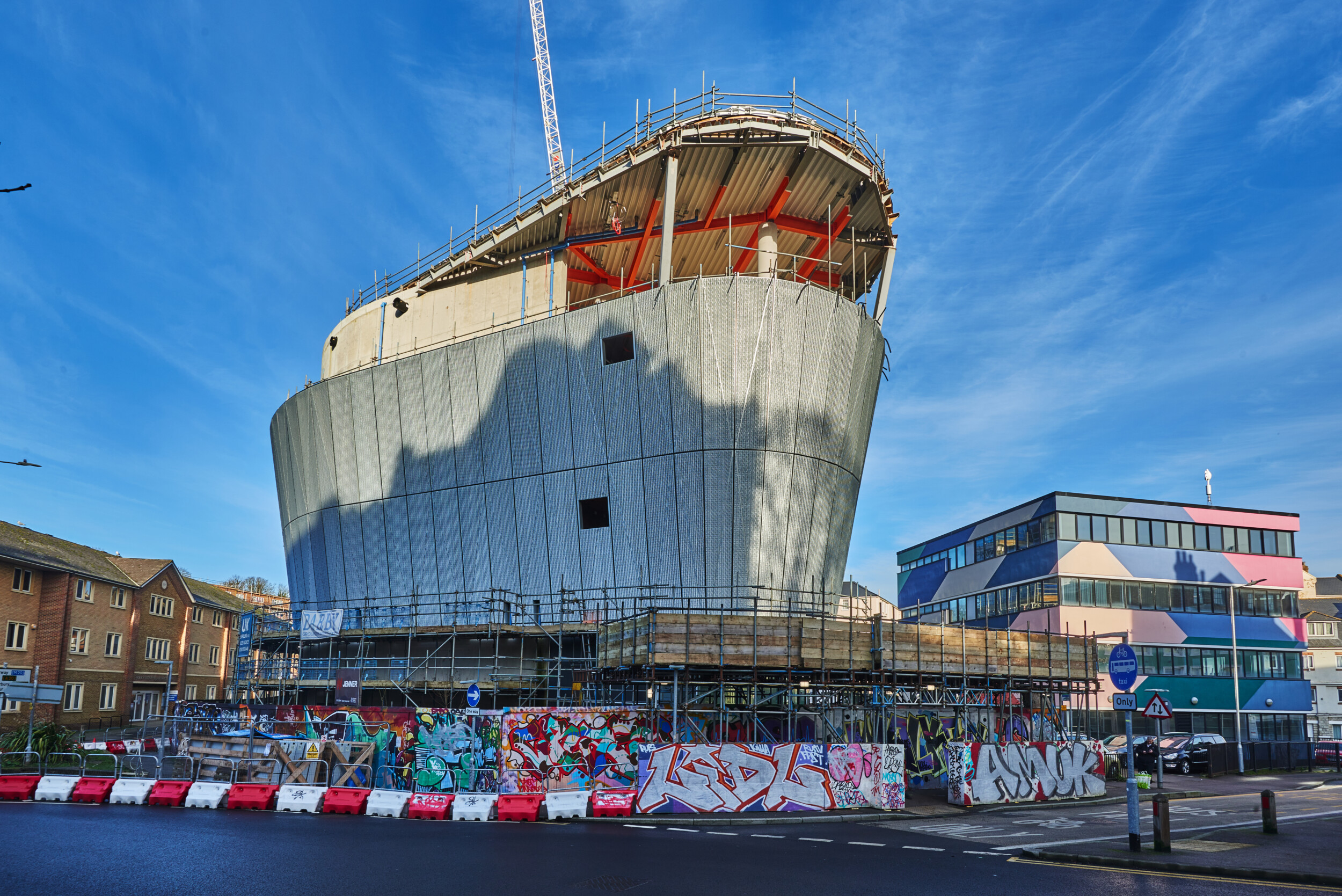
Did you know?
Urban Planning For 2021 And Beyond
By far, the largest driving force of change in terms of living conditions, industry, and culture has been the increasing urbanisation of humanity. We have lived in cities for as long as we have had recorded history, but the development of agricultural technology has seen the stagnation and shrinkage of rural communities, while more cities pop up like ever-growing dots. Our cities are getting bigger than ever before, and with them there comes an increasingly complex set of challenges.
Here, we’re going to look at some of the challenges that we have to face as we watch our cities grow and ask ourselves, how can we better plan our cities to meet those challenges?
The hidden question of urbanisation
There are a lot of different factors that are changing our ways of living and working. Increasing digitisation, the growth of a service economy as manufacturing is increasingly outsourced with no likely prospect of ever coming back. More recently, changes to financial institutions by way of new markets and more frequently recurring recessions and, even more topically, the realities of a worldwide pandemic are all shaping the post-modern age, an age in which every paradigm established in our parents and grandparents’ lifetime is up for questioning.
However, one change that isn’t getting as much attention when it comes to connecting the dots of why we’re living the way that we are urbanisation. When it is considered, it’s thought to be problematic that we’re moving into more dense areas and living more tightly packed together, but could it be that this is also the solution to many of the problems we face today?
We now know that continuing to develop with the same economic and resource-use methods of yesteryear will lead to socioeconomic and climate collapse, for instance. However, urban planning can enable more people to live with little space and less use of physical resources, making smaller spaces both more economically sensible yet sustainable and friendly to the environment.
Increased concentration of financial and commercial services could require less transport of goods across our roads. Access to health care can be made easier by catering it specifically to large populations within different urban centres. What’s more, focusing on urban development allows more people to take part in the service economies that are fuelling every major first-world economy. It’s not a perfect answer, but it is an answer. Urban planning can be used to address many of these issues.
How we are getting increasingly more urban
Urban design is becoming essential. Our populations are growing, which is driving people to the city. However, urban populations are growing even faster than non-urban populations, in part due to the greater concentration of wealth and resources leading to faster organic growth, but also because people are being attracted to the cities from without.
This increasing urbanisation isn’t a new thing. Since the 80s, we’ve seen roughly the same rate of urban population growth outpacing non-urban areas. In fact, the rate of urbanisation continues to increase to the point that it’s expected that up to 90% of all the population may be living in cities by 2050.
It’s not just that people are moving into cities, either. Cities are moving out to meet the people, as well. If your grandparents lived in a house that was part of a small town on the edge of an urban area and you inherited that house, it’s likely that you now live in a home that is part of a city. Non-city areas are also being incorporated as parts of urban areas, sharing their transportation, commercial areas, sewer systems, education, job access and more.
The answer to urbanisation is urban planning
We need to, as a society, ensure that we’re prepared for that kind of urban density. Cities, as they currently exist, cannot handle it. As such, it is the job of architects and urban planners to start talking about what we need to do to create the cities of the future. We need to address questions of transport, logistics, residential density, equity of commercial opportunity and more so that we don’t end up with increasingly stratified and inefficient cities.
In order to make sure that we are prepared for the increased urbanisation that is coming our way, we need to make sure that we are creating the cities that we need. A focus on urban planning is required across the entire industry, and we must start addressing these questions now, before we get caught in the tide.